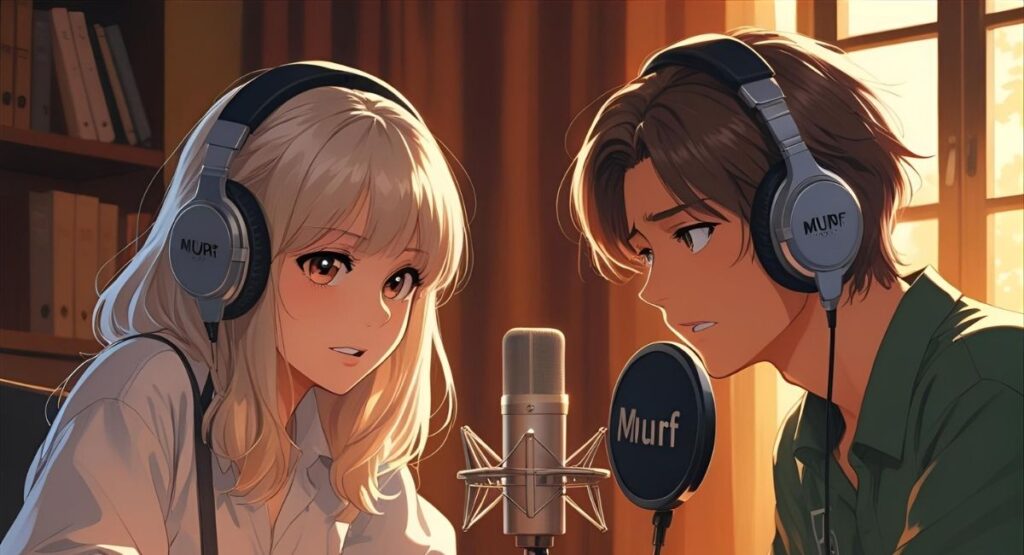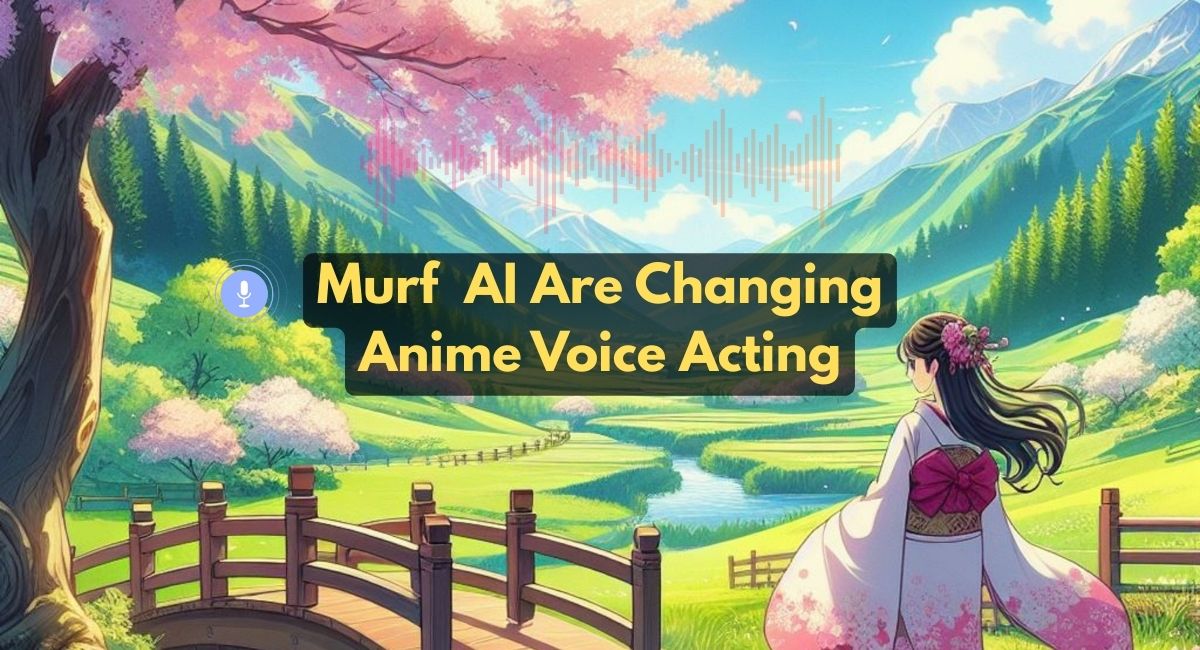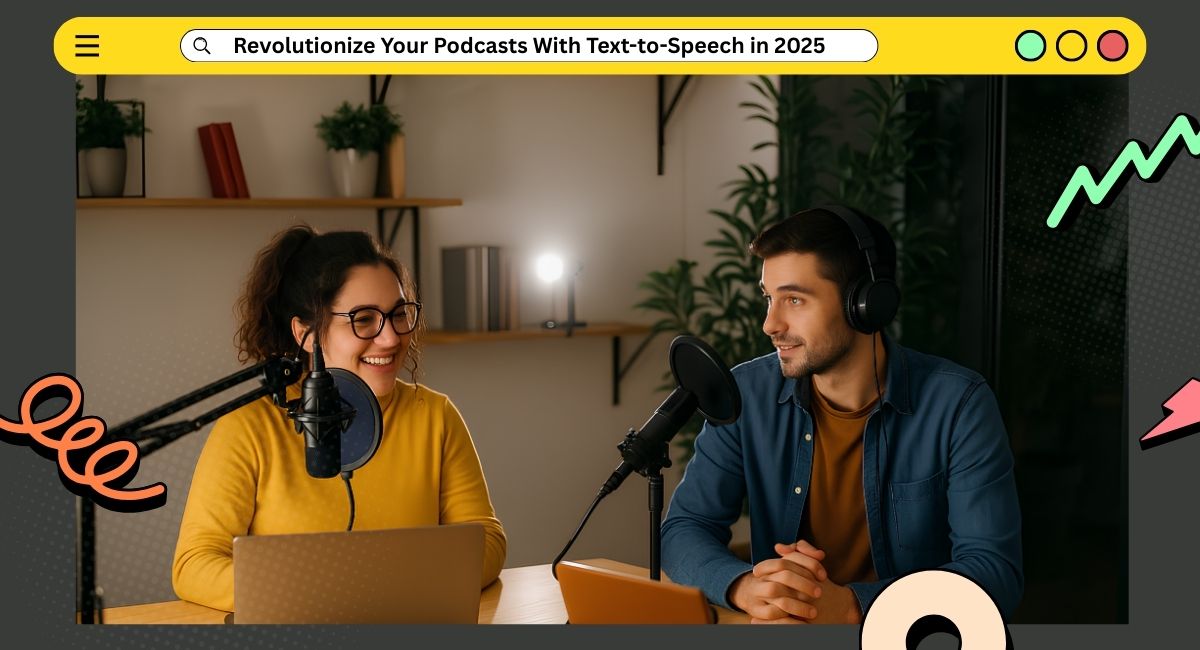The first time Matthew Mercer stepped into a recording studio, he was a mere anime fan pursuing a dream. The iconic role of Levi Ackerman (Attack on Titan) changed his life forever after years of practice, rejection, and persistence.
A successful anime voice actor is not just born with a good voice; it is trained, persistent, and wisely managed.
A global anime industry worth $47.14 billion is expected by 2028, which means more opportunities for aspiring voice actors. This guide will teach you how to dub Japanese classics or create new anime-inspired projects.
Contents
Understanding the Anime Voice Acting Industry
Anime isn’t just animation—it’s a cultural force. What began in Japan now dominates global streaming platforms like Netflix, Crunchyroll, and Funimation.
In Japan, seiyuu (voice actors) enjoy celebrity status, while in the West, anime dubbing has opened up career paths for English, Spanish, French, and German performers.
Experienced anime voice actors can earn $50,000–$70,000 per year, depending on roles and studio work.
This surge in demand means studios are constantly searching for new voices to bring characters to life.
Essential Skills and Training for Anime Voice Actors
Anime swings between quiet monologues and high-energy battle scenes. A good voice actor must convey emotion, clarity, and timing.
Acting & Communication Skills
Anime swings between quiet monologues and high-energy battle scenes. A good voice actor must convey emotion, clarity, and timing.
Record yourself reading a scene twice—once dramatically, once understated. Compare the takes and pick the delivery that feels truer to the character and context.
Famous VA Tara Strong (Harley Quinn, My Little Pony) often stresses that flexibility and improvisation are what make characters believable.
Vocal Training
Anime roles demand stamina—from soft-spoken schoolgirls to screaming warriors. Daily warm-ups, breathing exercises, and vocal control are critical.
Yuri Lowenthal (Sasuke Uchiha, Naruto) has said vocal exercises keep him consistent during intense fight scenes.
Studio Setup & Tools
Most auditions today are self-recorded. That means your home studio matters.
- Microphone – Invest in a quality condenser mic
- Audio Interface – Ensures clean sound
- Soundproofing – Reduce background noise
- Editing Software – Audacity or Adobe Audition for polishing
Sean Schemmel (Goku, Dragon Ball Z) refined his auditions at home before landing bigger gigs.
Understanding Cultural Nuances
Anime reflects Japanese traditions, humor, and pacing. Knowing these differences makes performances authentic.
Crispin Freeman (Hellsing’s Alucard) studied Japanese culture to better adapt performances for English audiences.
Getting Started in Anime Voice Acting
Talent matters, but connections and exposure often decide who gets hired.
🤝 Networking
Attend conventions like Anime Expo or Crunchyroll Expo. Join Discord groups, forums, and workshops where directors and casting agents hang out.
🌐 Personal Branding
Create a website and demo reel showcasing your best work. Use Twitter, TikTok, and YouTube to share samples and build a following.
🎬 Agencies & Auditions
Agencies like Bang Zoom! Entertainment and Sentai Filmworks scout fresh voices. Submit polished demos and follow their guidelines.
Freelancers can also audition on Voices.com, Casting Call Club, and ACX.
Overcoming Challenges in Anime Voice Acting
The industry is competitive—and rejection is normal.
- Reframe rejection: Every audition is practice.
- Start small: Fan dubs, indie projects, or student films help you build credits.
- Stay motivated: Study performances, seek feedback, and improve continuously.
Murf AI and Anime Voice Acting
Technology is reshaping the industry. Murf AI, with 200+ ultra-realistic voices in 20+ languages, helps aspiring VAs train smarter.

- Practice with AI: Generate sample voices, then try to match them.
- Build demo reels: Experiment with tones before recording your final versions.
- AI video dubbing: Murf syncs voiceovers with animations, helping actors test their timing.
The Future of Anime Voice Acting
Streaming platforms are pushing more anime than ever, and AI dubbing is speeding up localization. Studios are testing AI to cut costs, but human voice actors remain irreplaceable for emotional nuance.
AI will not replace VAs—it will support training, dubbing, and auditions. The actors who thrive will combine traditional skills with AI-powered tools for practice and demo creation.
Beginner’s Checklist for Anime Voice Acting
✅ Take acting or voice classes
✅ Build a basic home studio
✅ Record 1–2 demo reels
✅ Network at conventions & online forums
✅ Submit to agencies & open auditions
✅ Use AI tools like Murf for practice
Final Thoughts
Breaking into anime voice acting takes persistence, training, and strategy. Whether you’re networking at conventions, recording demos in your home studio, or experimenting with AI tools like Murf AI, every step builds your path forward.
The industry is growing, and now is the perfect time to chase the dream. Like Matthew Mercer, your next audition could be the one that changes everything.
Rohit Kumar is a tech enthusiast and blogger who shares practical tips, insights, and reviews on AI, digital tools, and the latest technology trends.





